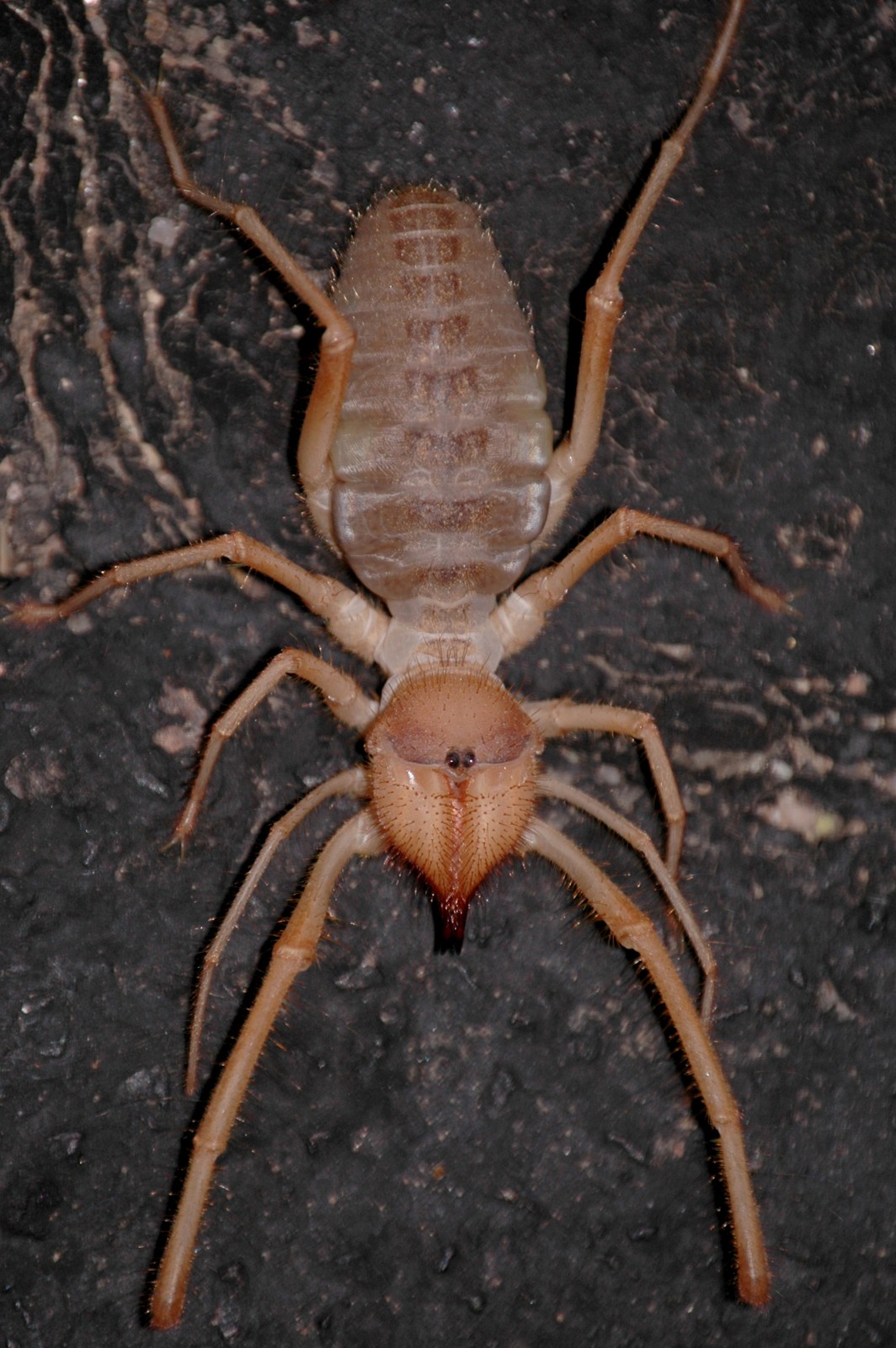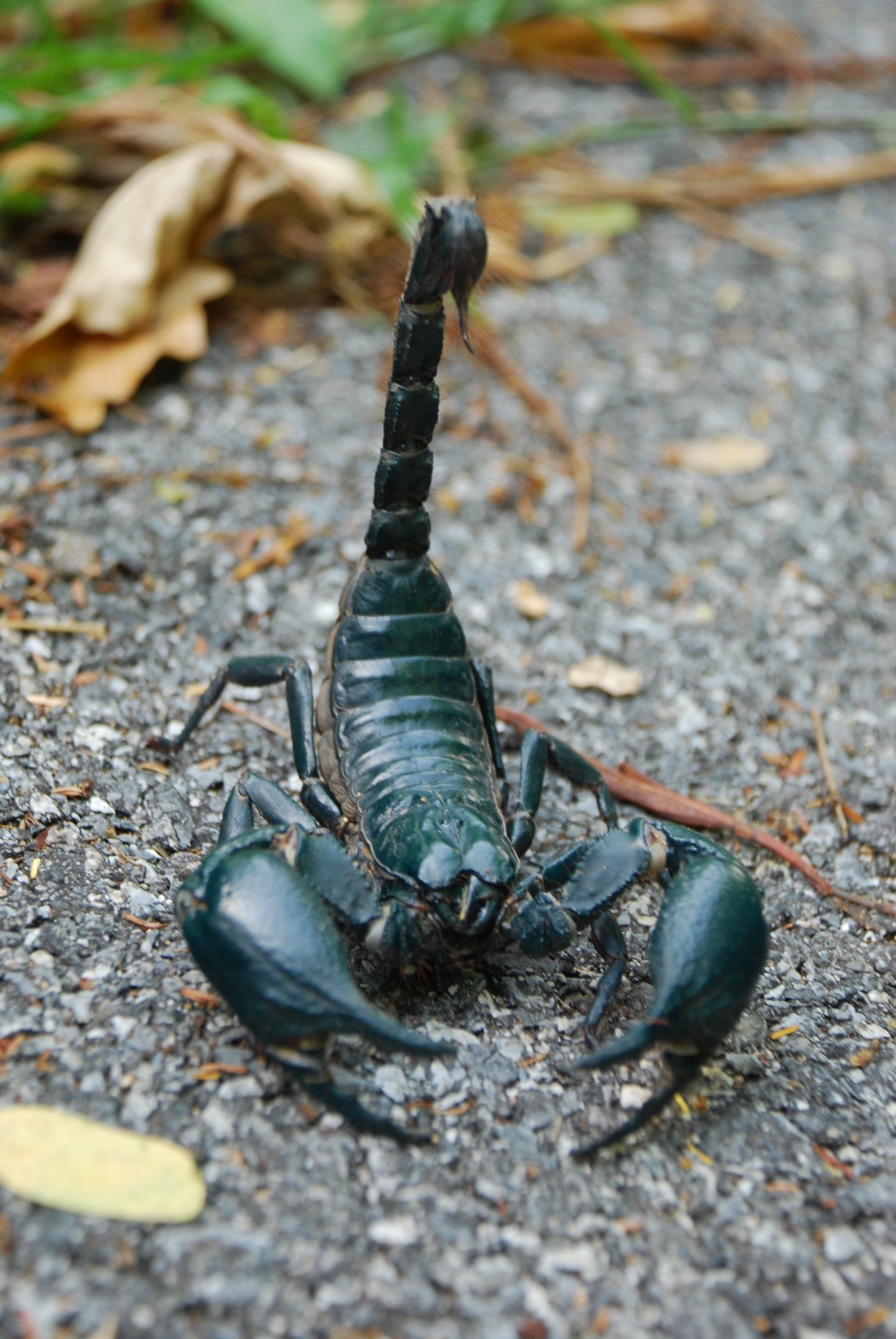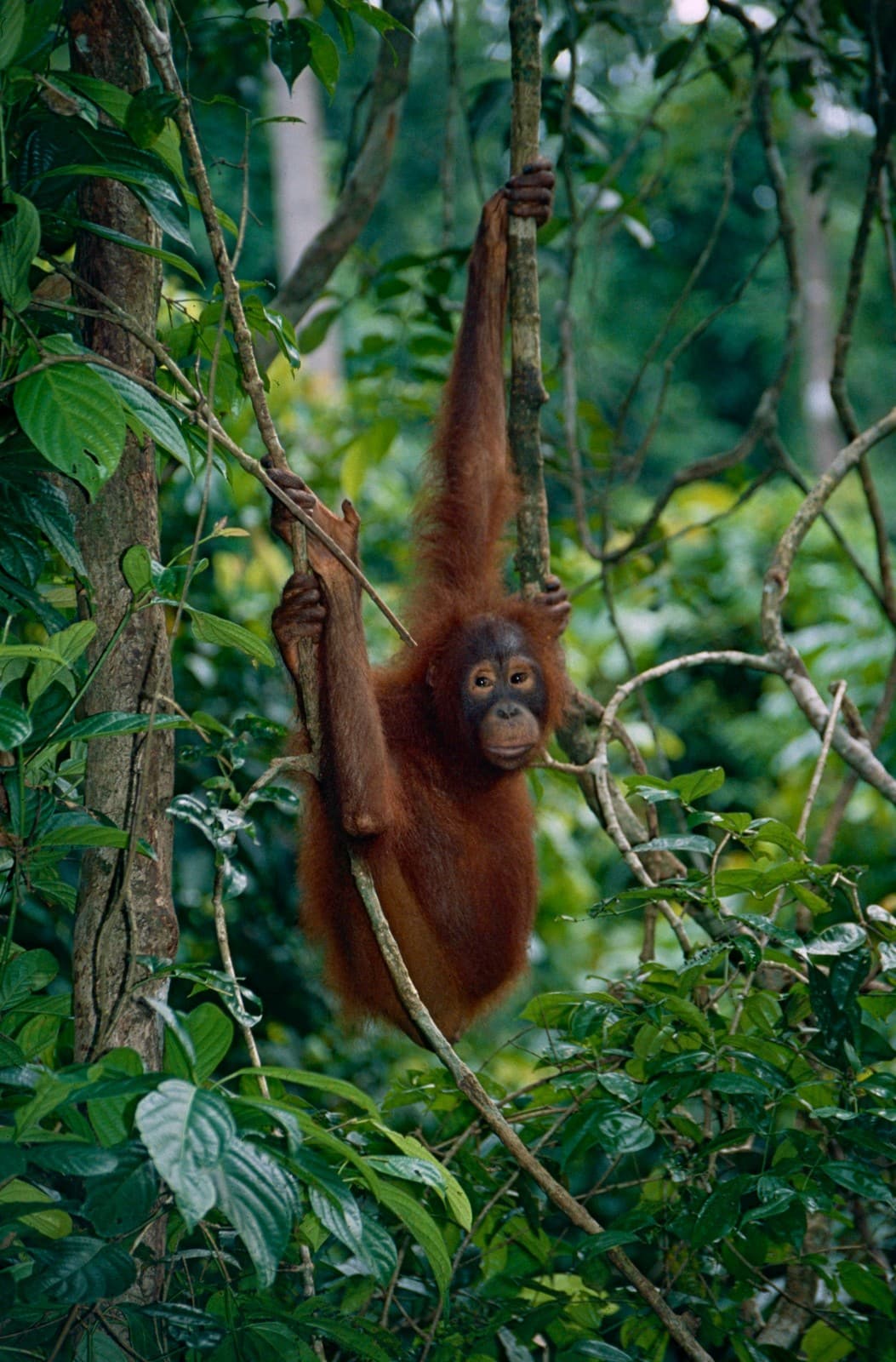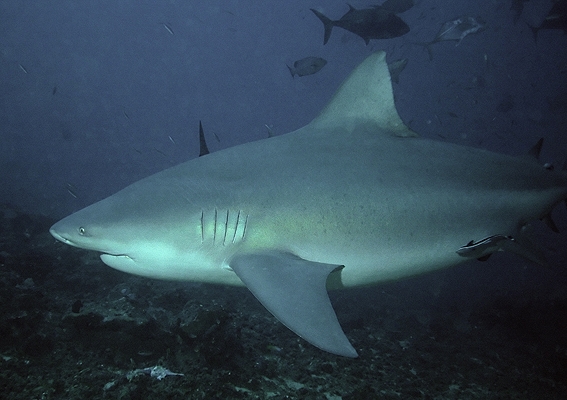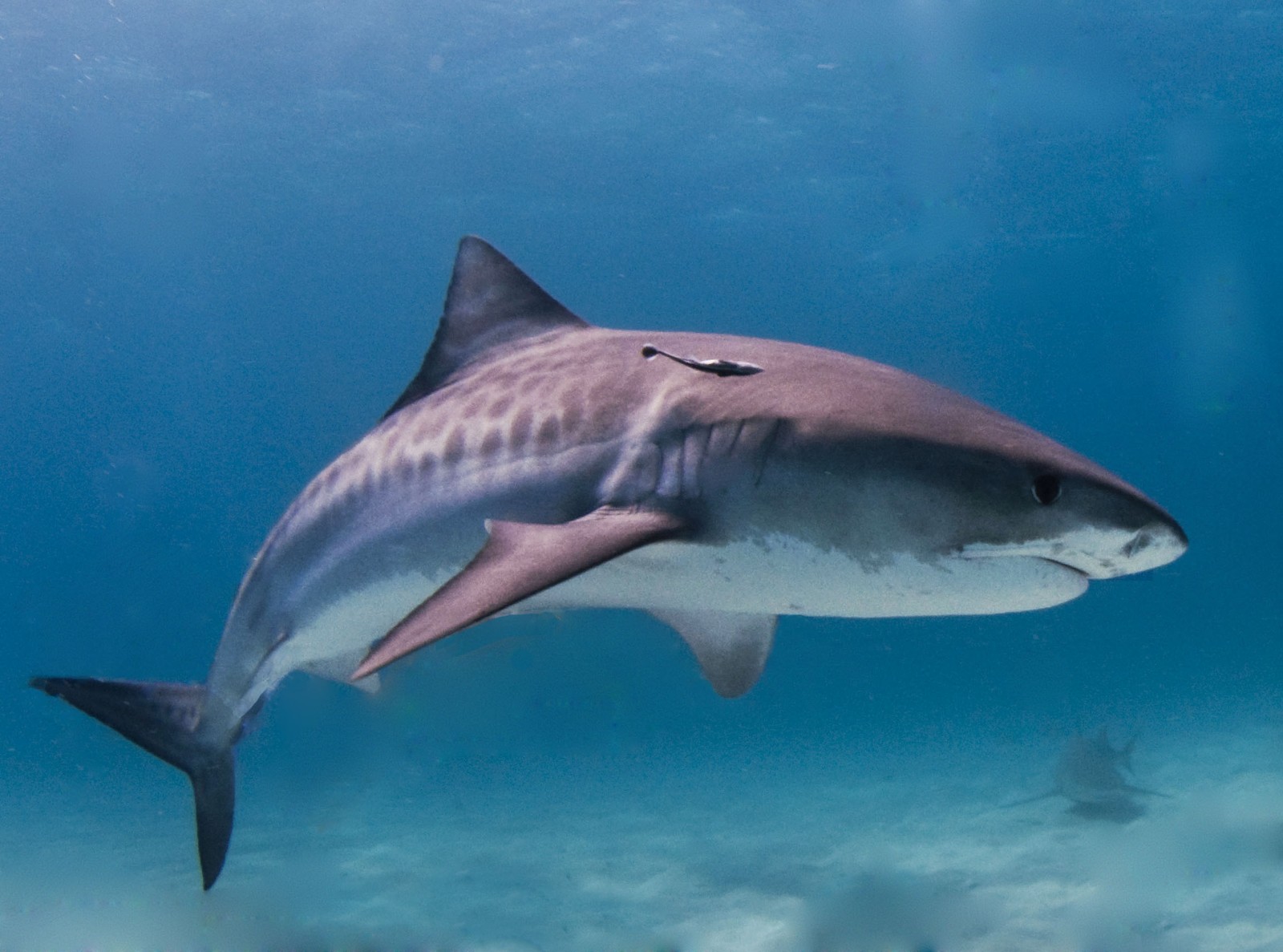Tarantula vs Scorpion: A Complete Comparison
When comparing tarantulas vs scorpions, we’re examining two of nature’s most fascinating arachnids, each evolved with distinct hunting strategies and defense mechanisms. While both belong to the class Arachnida, scorpions possess powerful pincers and venomous tails, whereas tarantulas rely on fangs and urticating hairs for protection. The average tarantula spans 4-5 inches (10-13 cm), while scorpions typically measure 2-3 inches (5-8 cm), with some species reaching 8 inches (20 cm).
These ancient predators have survived for hundreds of millions of years through remarkably different evolutionary paths. Scorpions emerged around 430 million years ago, making them among the oldest terrestrial animals on Earth. Tarantulas appeared more recently, roughly 150 million years ago, yet both have perfected their predatory abilities through distinctly different anatomical adaptations.
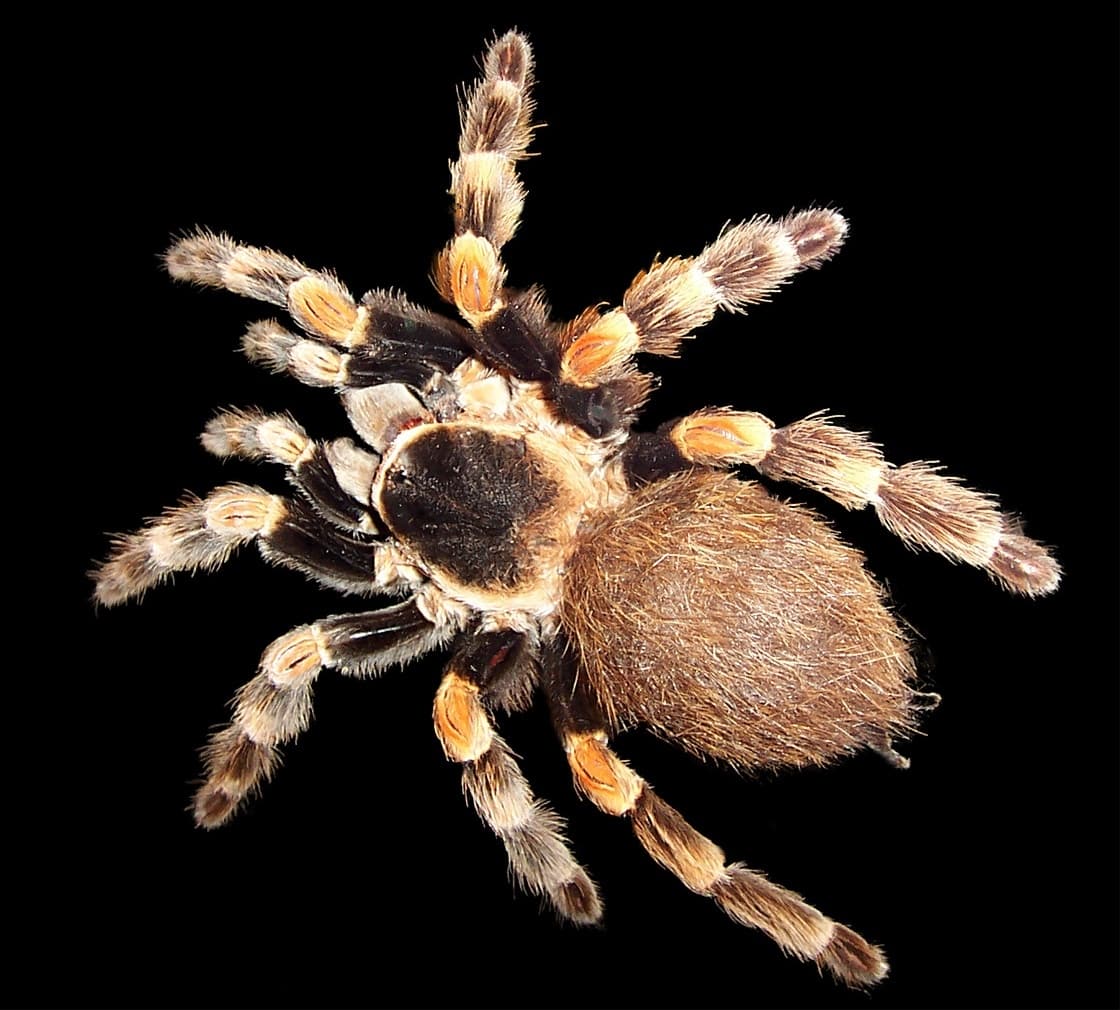
© User:Fir0002 / CC BY-SA 3.0
The Mexican Red Knee Tarantula exemplifies the impressive size and distinctive coloration that makes tarantulas such captivating predators. Their specialized hairs serve both sensory and defensive purposes, detecting vibrations and deterring potential threats.
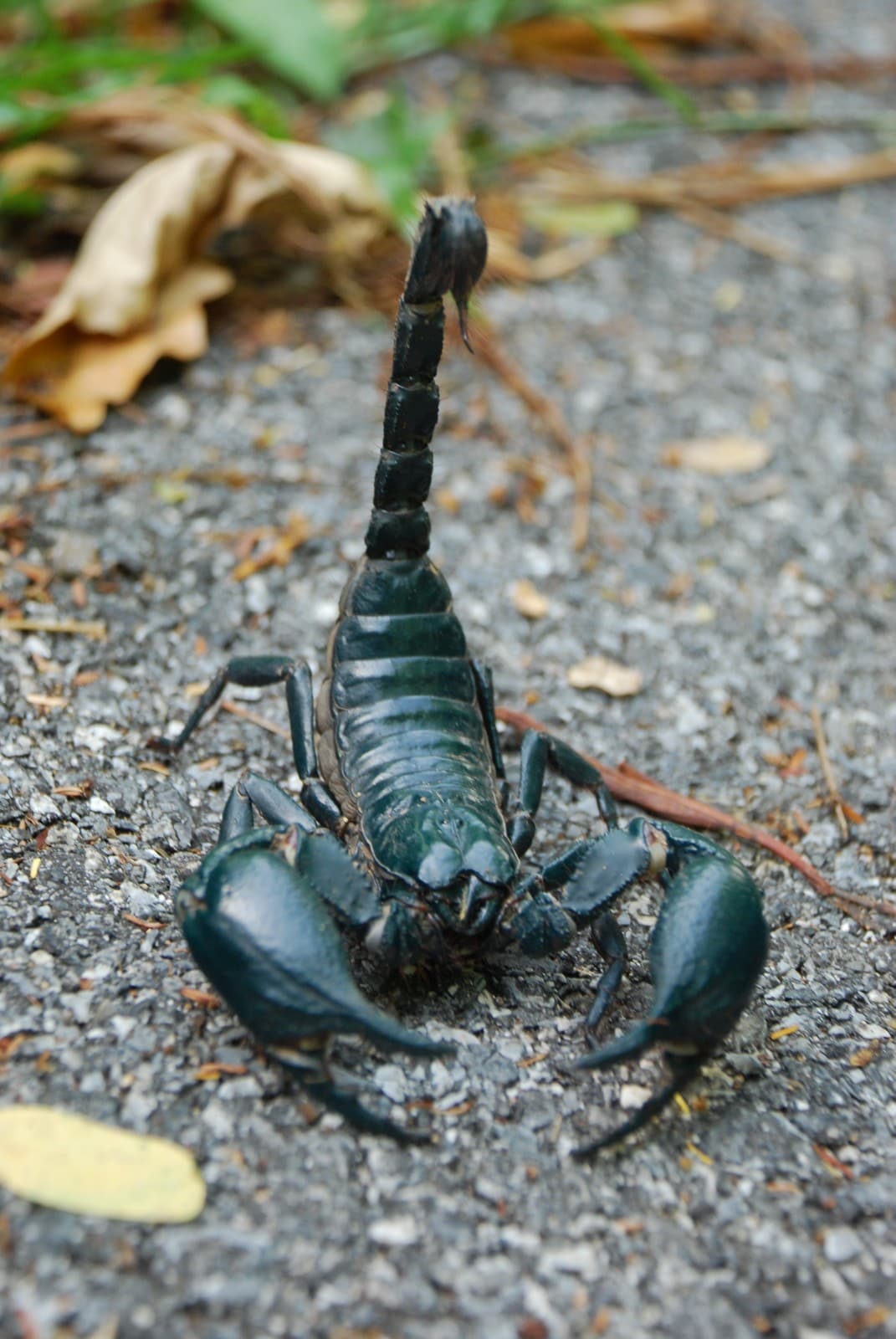
© Chris huh / CC BY-SA 3.0
The Emperor Scorpion demonstrates the classic defensive posture of these ancient arachnids, with its powerful tail poised to strike and robust pincers ready to grasp prey. Their armored exoskeleton provides excellent protection against predators.
Key Differences: Tarantula vs Scorpion
| Feature | Tarantula | Scorpion |
|---|---|---|
| Defense Mechanism | Fangs and urticating hairs | Venomous stinger and pincers |
| Size Range | 4-11 inches (10-28 cm) leg span | 2-8 inches (5-20 cm) body length |
| Lifespan | Females: 20-25 years; Males: 7-10 years | 4-25 years depending on species |
| Hunting Style | Ambush predator, uses web | Active hunter with pincers |
| Venom Potency | Mild (like bee sting) | Varies (mild to potentially lethal) |
| Habitat | Primarily terrestrial | Terrestrial and burrowing |
Hunting and Feeding Behaviors
While both arachnids are skilled predators, their hunting strategies differ significantly. Tarantulas rely primarily on ambush tactics, using their sensitive leg hairs to detect prey vibrations before launching a swift attack with their fangs. They typically inject venom and digestive enzymes into their prey, liquefying it for consumption.
Scorpions, conversely, actively hunt using their powerful pincers to grab and immobilize prey. The venomous stinger is typically reserved for larger prey or self-defense. Their unique ability to fluoresce under ultraviolet light, coupled with excellent low-light vision, makes them particularly effective nocturnal hunters.
Defensive Capabilities
Tarantula Defense Mechanisms
- Urticating hairs that can be flicked at predators
- Powerful fangs for biting
- Quick burst speed for escape
- Thick exoskeleton
Scorpion Defense Mechanisms
- Powerful venomous stinger
- Strong pincers for grasping
- Armored exoskeleton
- Cryptic coloration
Habitat and Distribution
Tarantulas primarily inhabit tropical, subtropical, and desert environments across all continents except Antarctica. They’re commonly found in:
- Underground burrows
- Tree hollows
- Ground level vegetation
- Rocky outcrops
Scorpions demonstrate remarkable adaptability, occurring in:
- Deserts
- Grasslands
- Rainforests
- Mountains up to 12,000 feet (3,657 m)
- Urban environments
Who Would Win in a Fight?
While this question frequently emerges in discussions of tarantula vs scorpion encounters, the outcome would largely depend on species size and environmental conditions. Scorpions generally possess superior defensive capabilities with their pincers and stinger, while tarantulas have the advantage of size in many cases. However, these creatures rarely encounter each other in nature, and both typically avoid confrontation when possible.
Conservation and Human Interaction
Both arachnids face similar conservation challenges:
- Habitat destruction
- Collection for pet trade
- Climate change impacts
- Human persecution due to fear
Understanding these remarkable creatures’ differences and ecological roles helps promote their conservation and reduces unnecessary fear of these beneficial predators that help control pest populations in their respective ecosystems.
